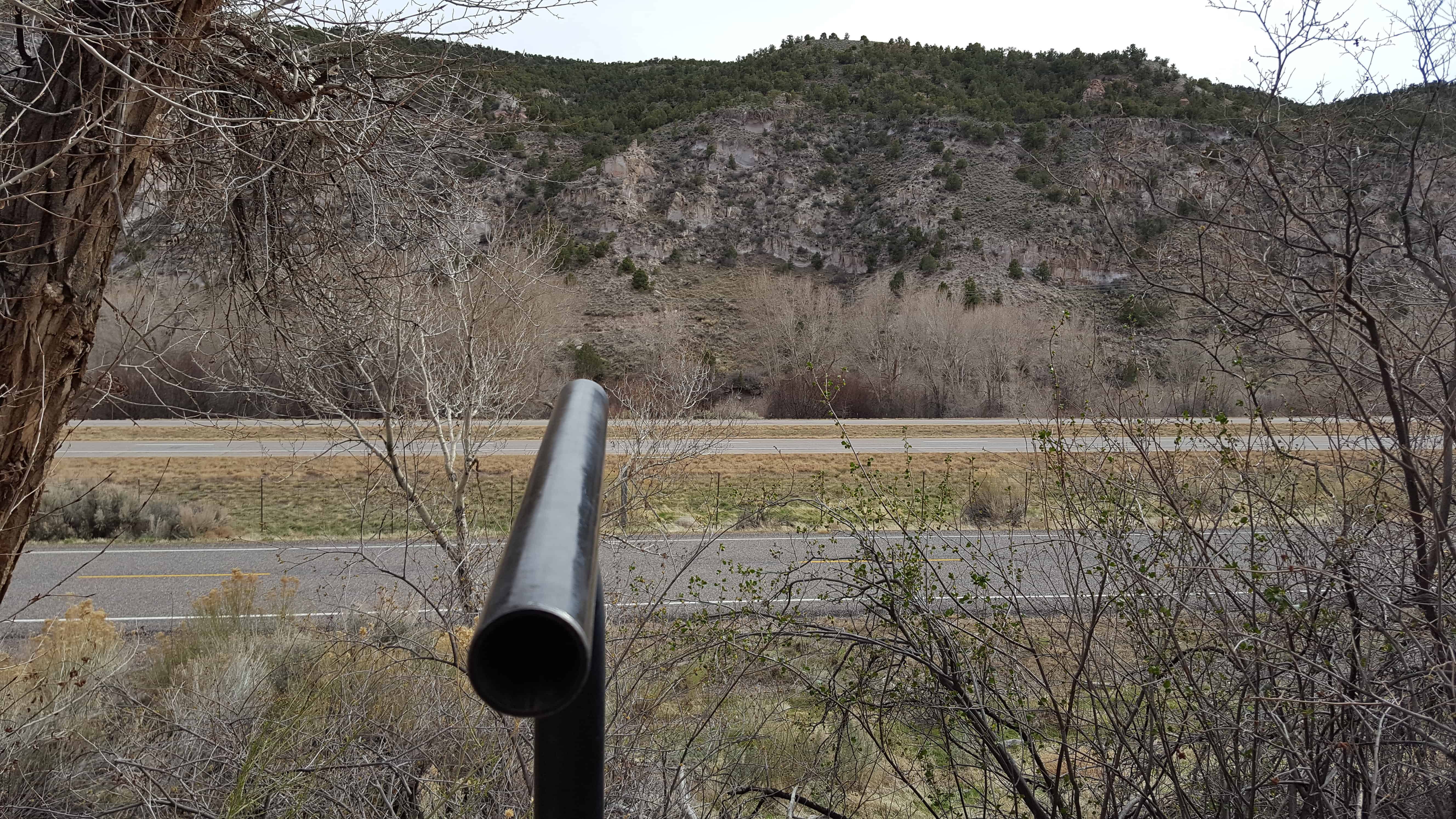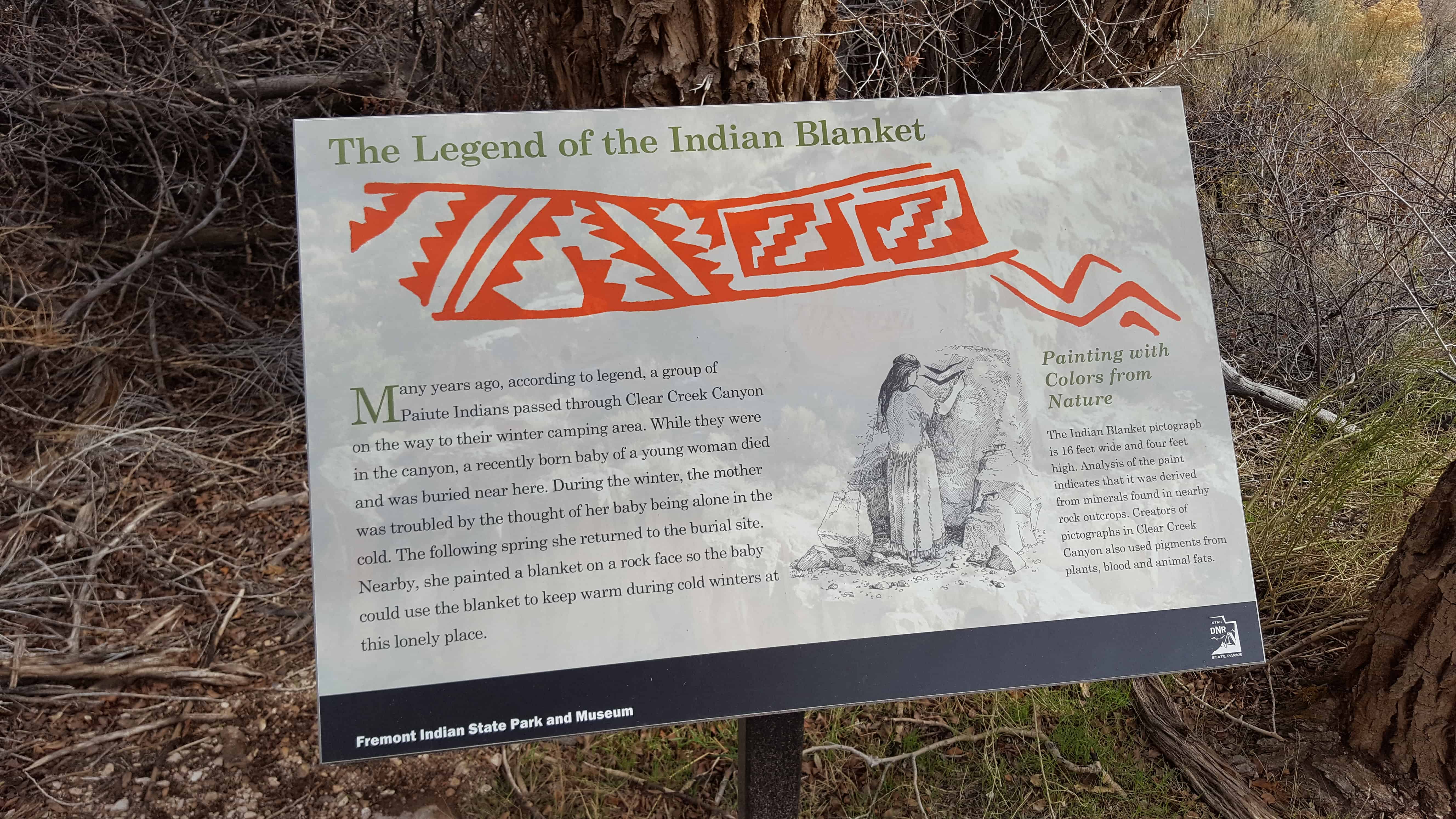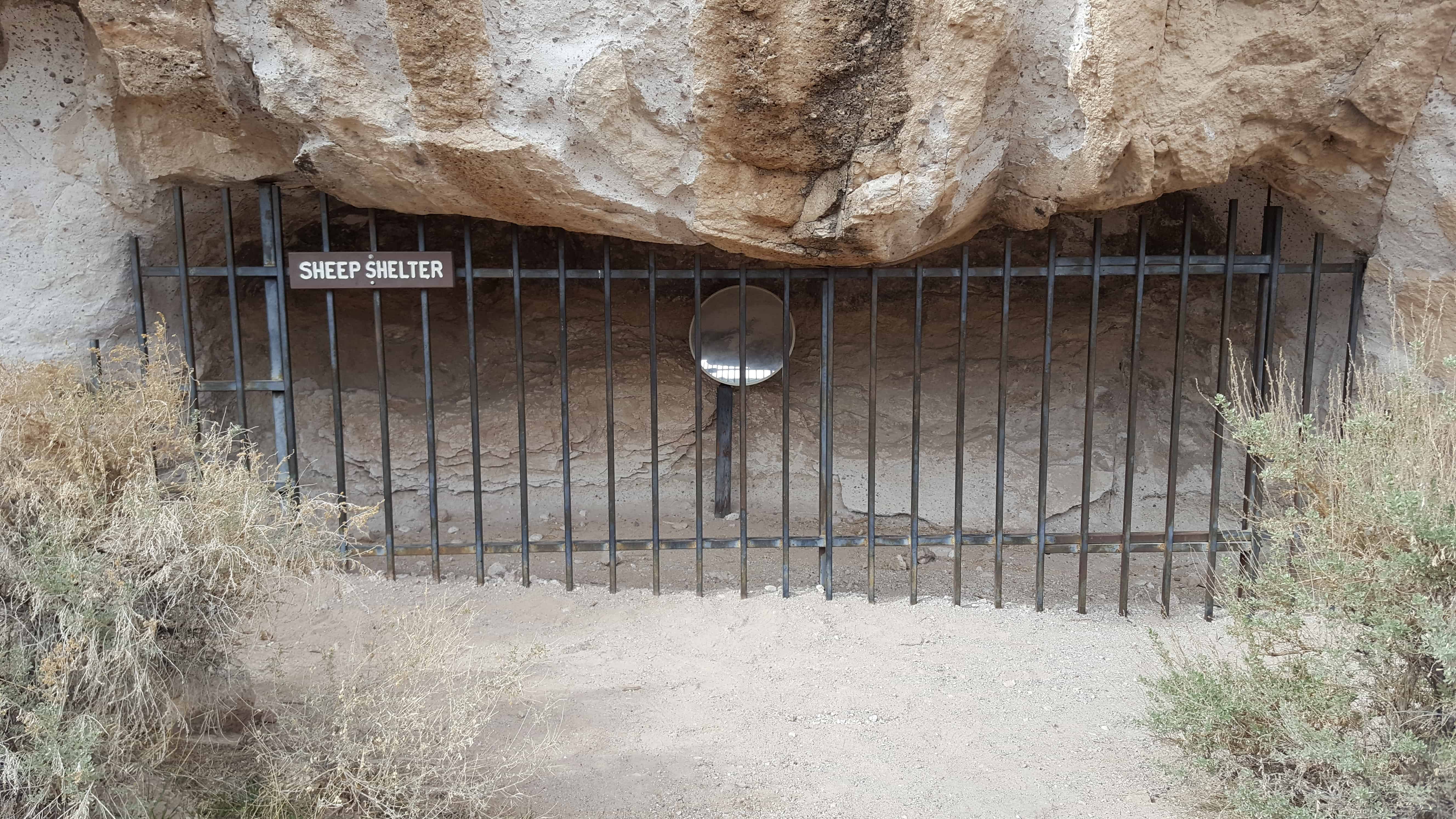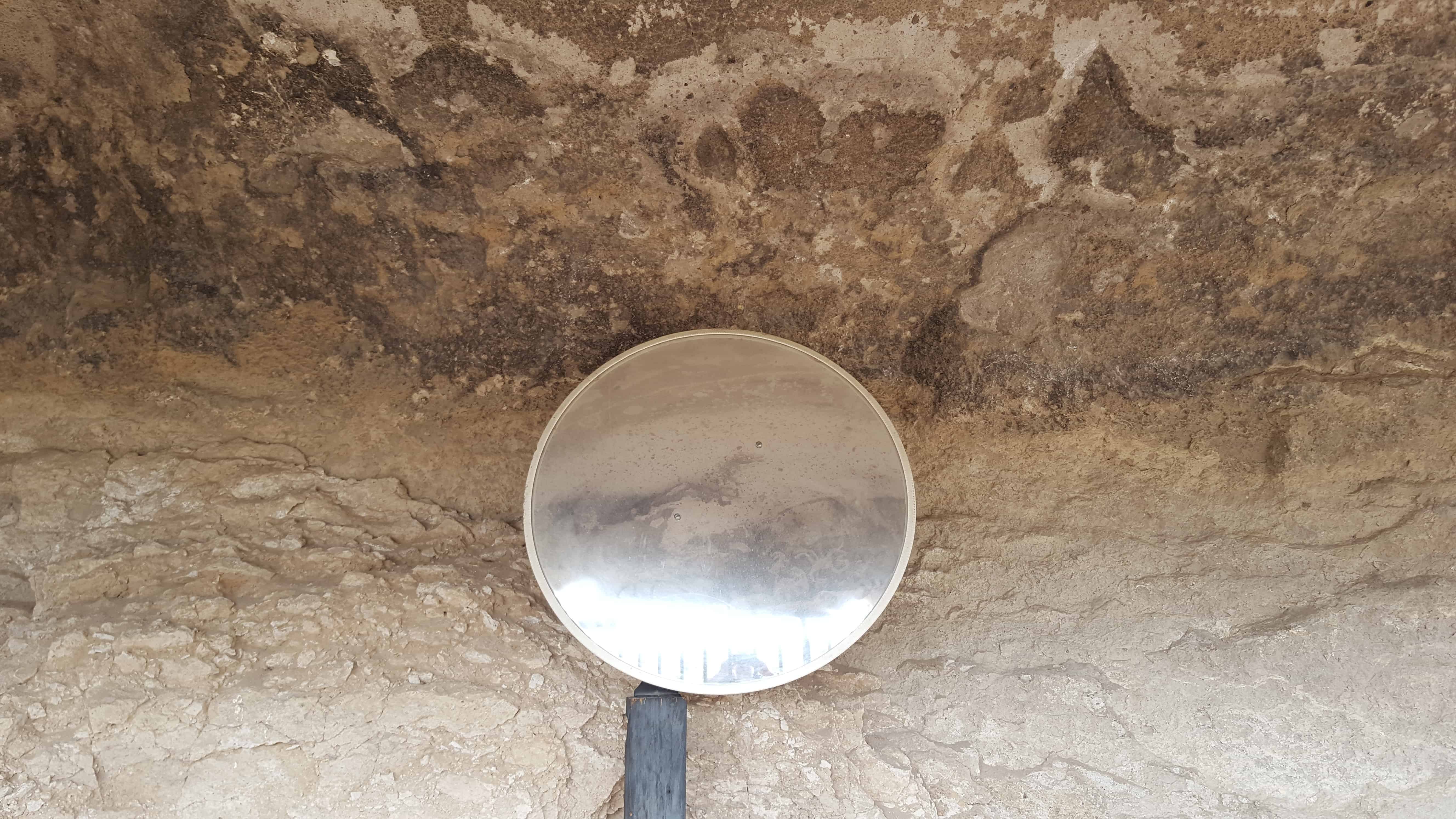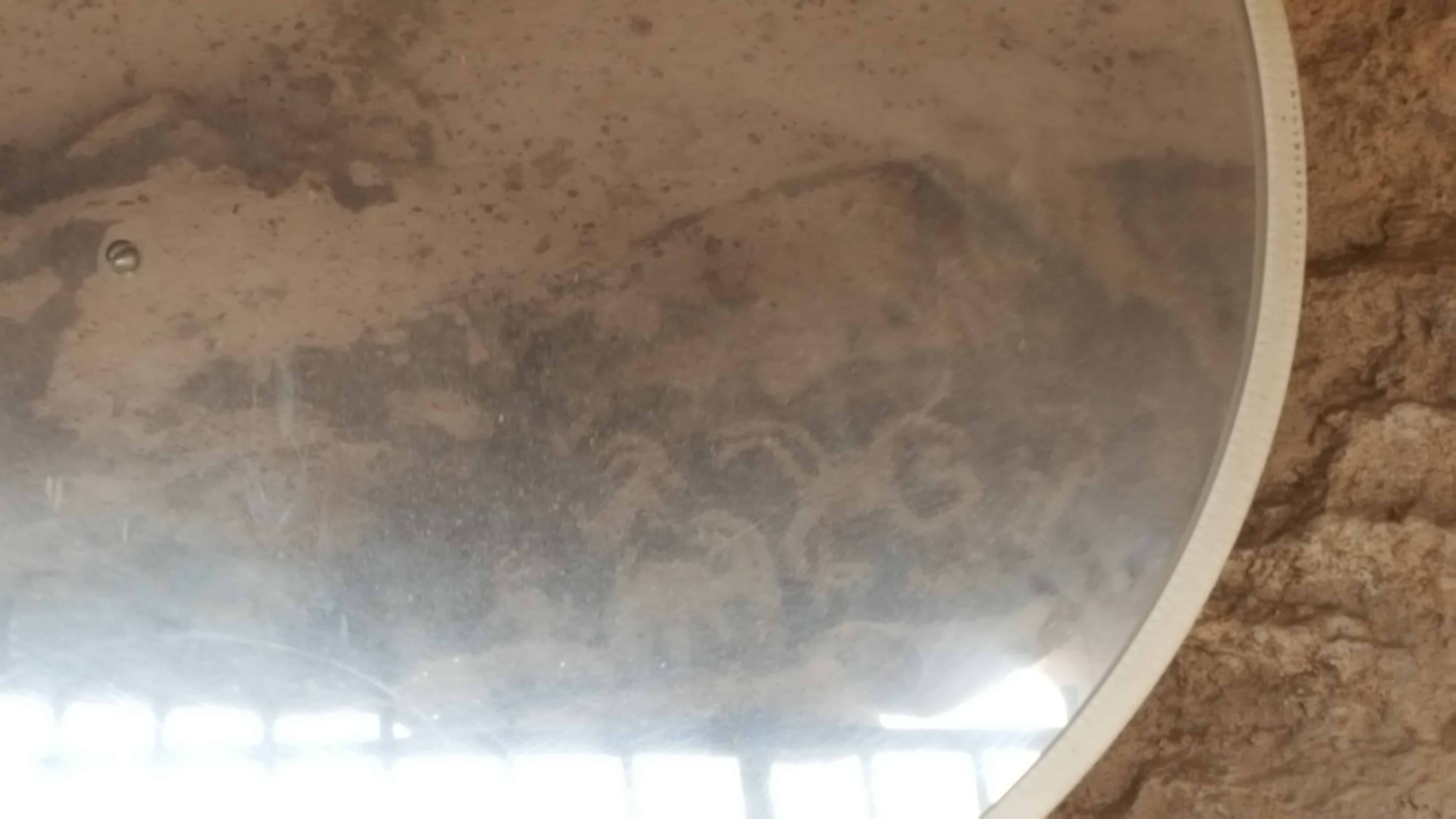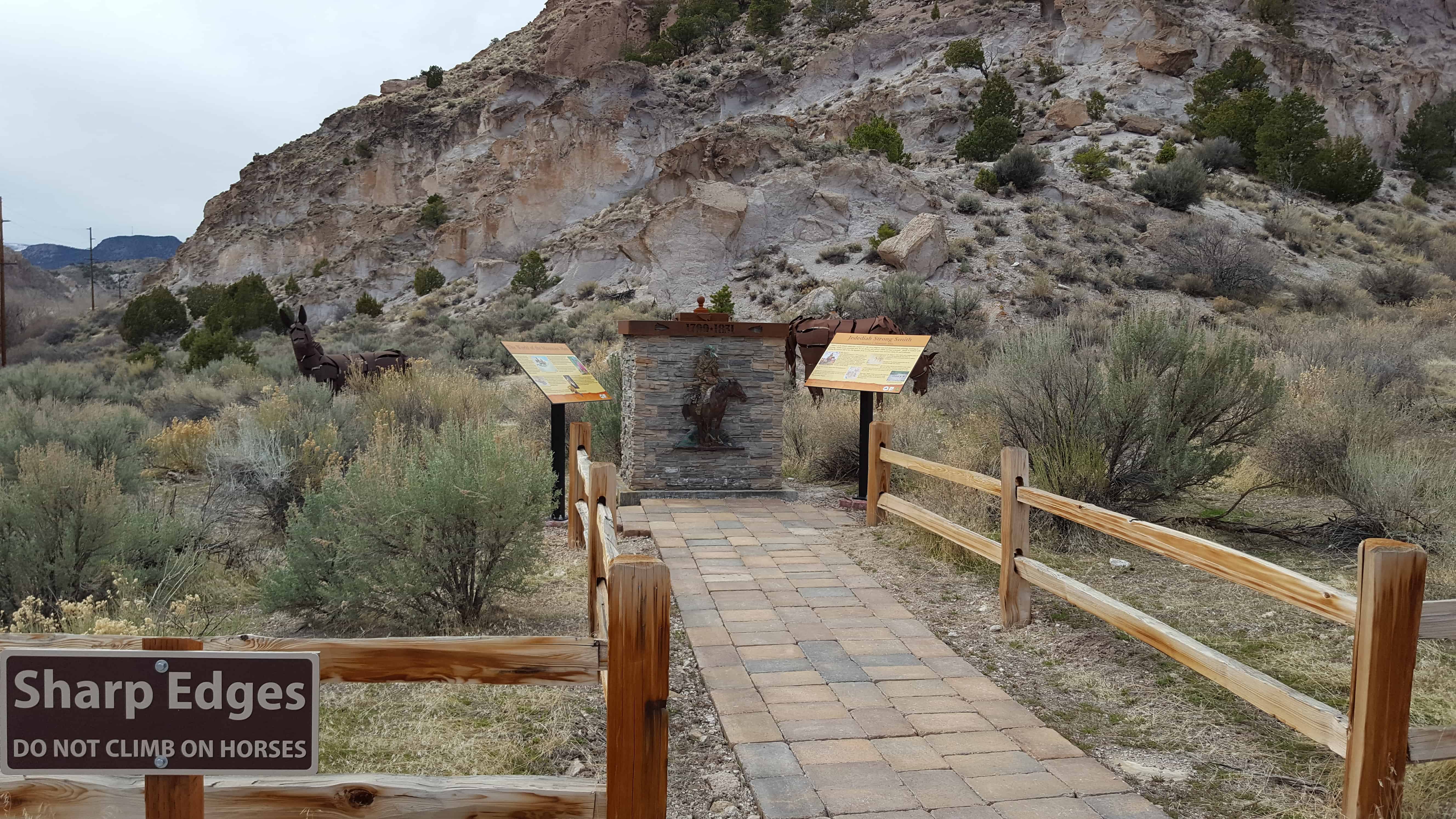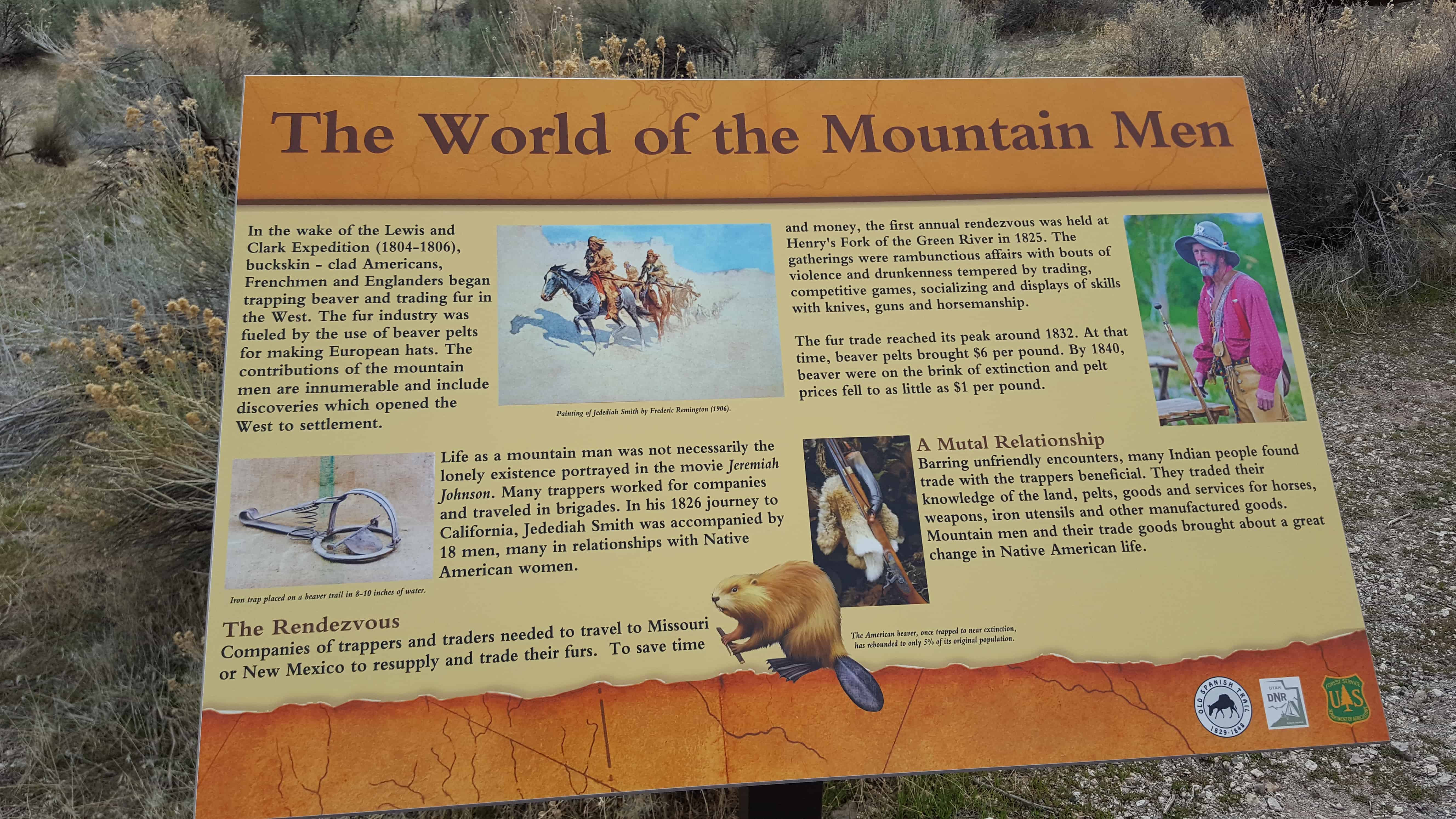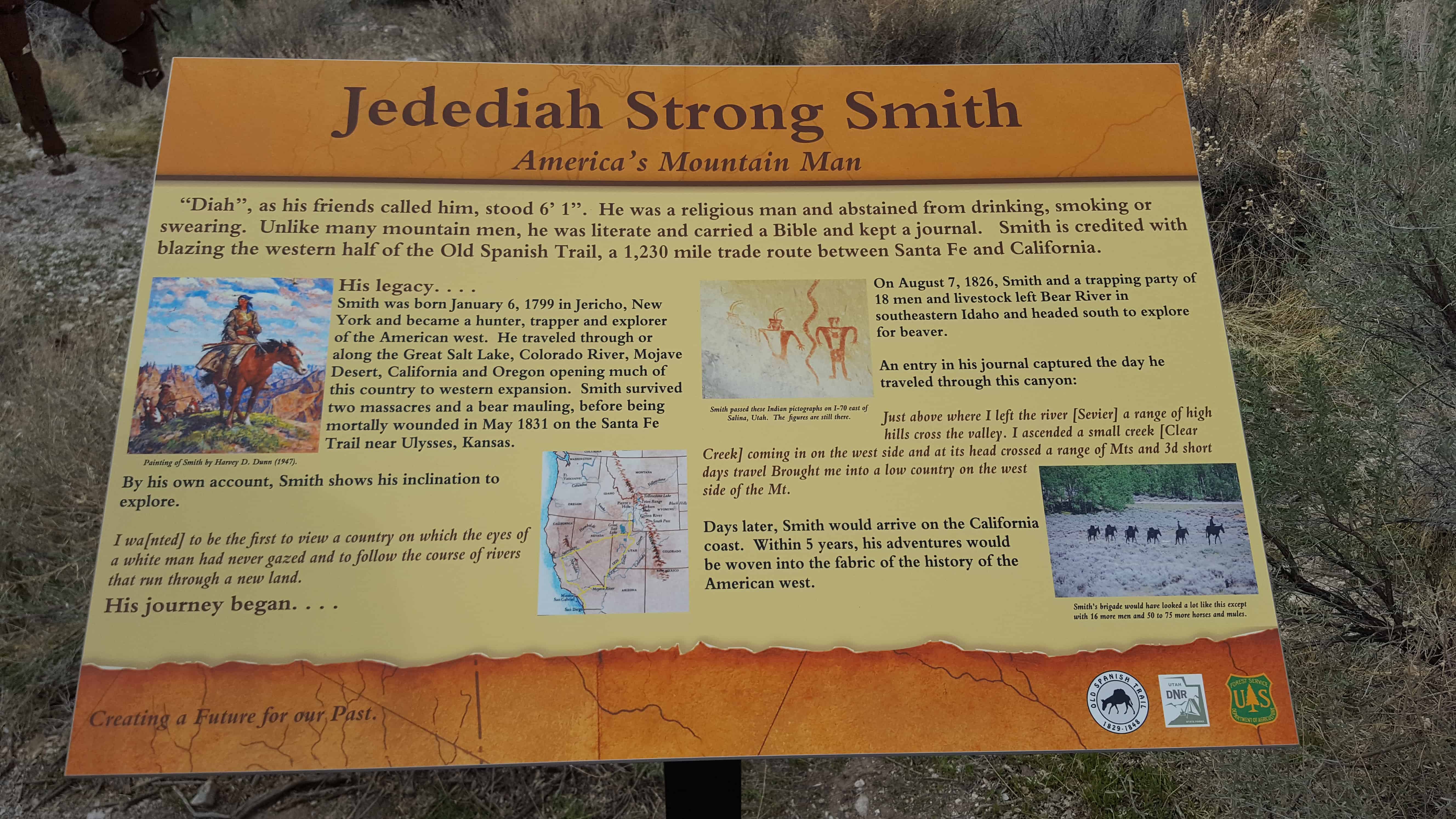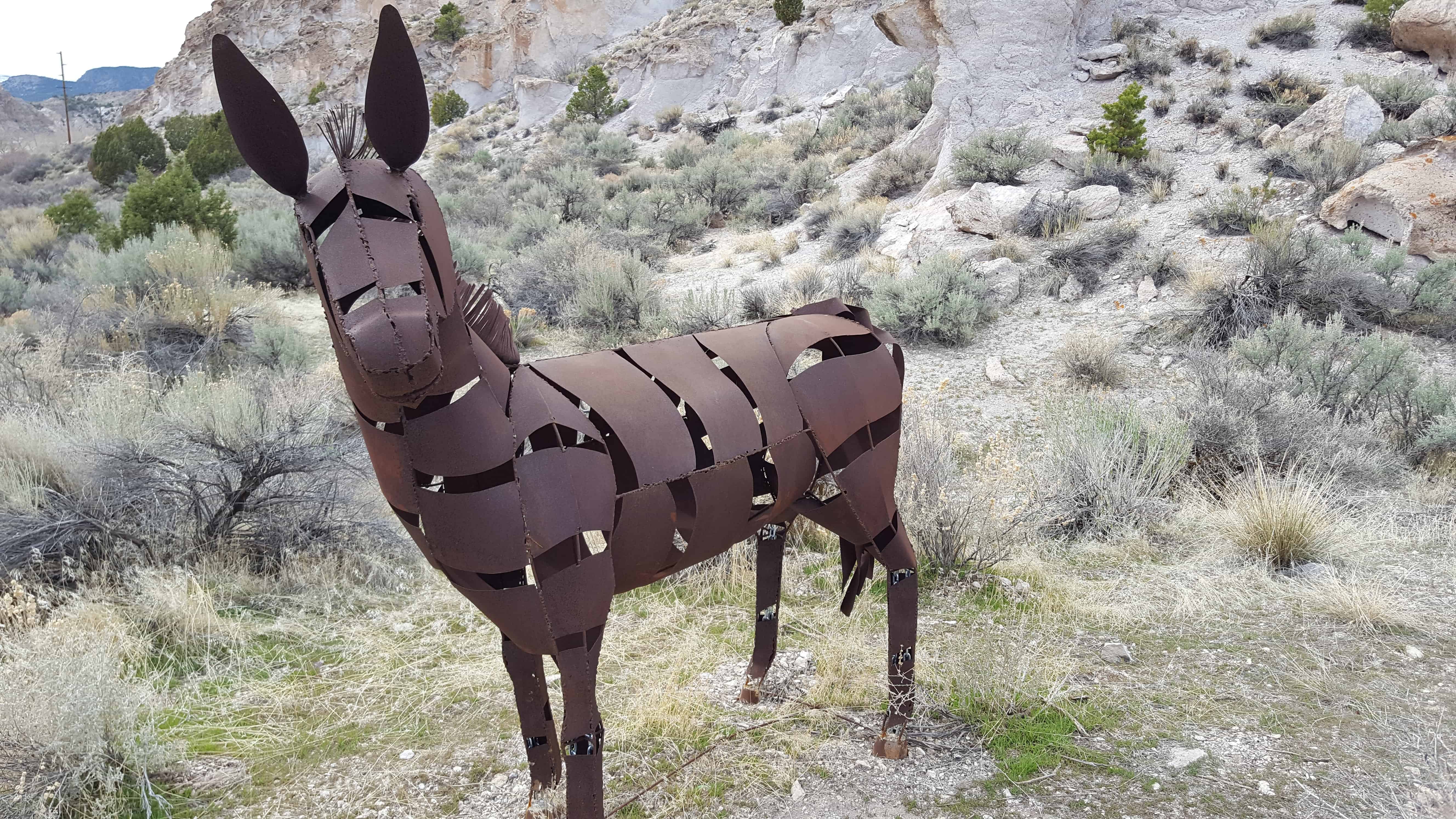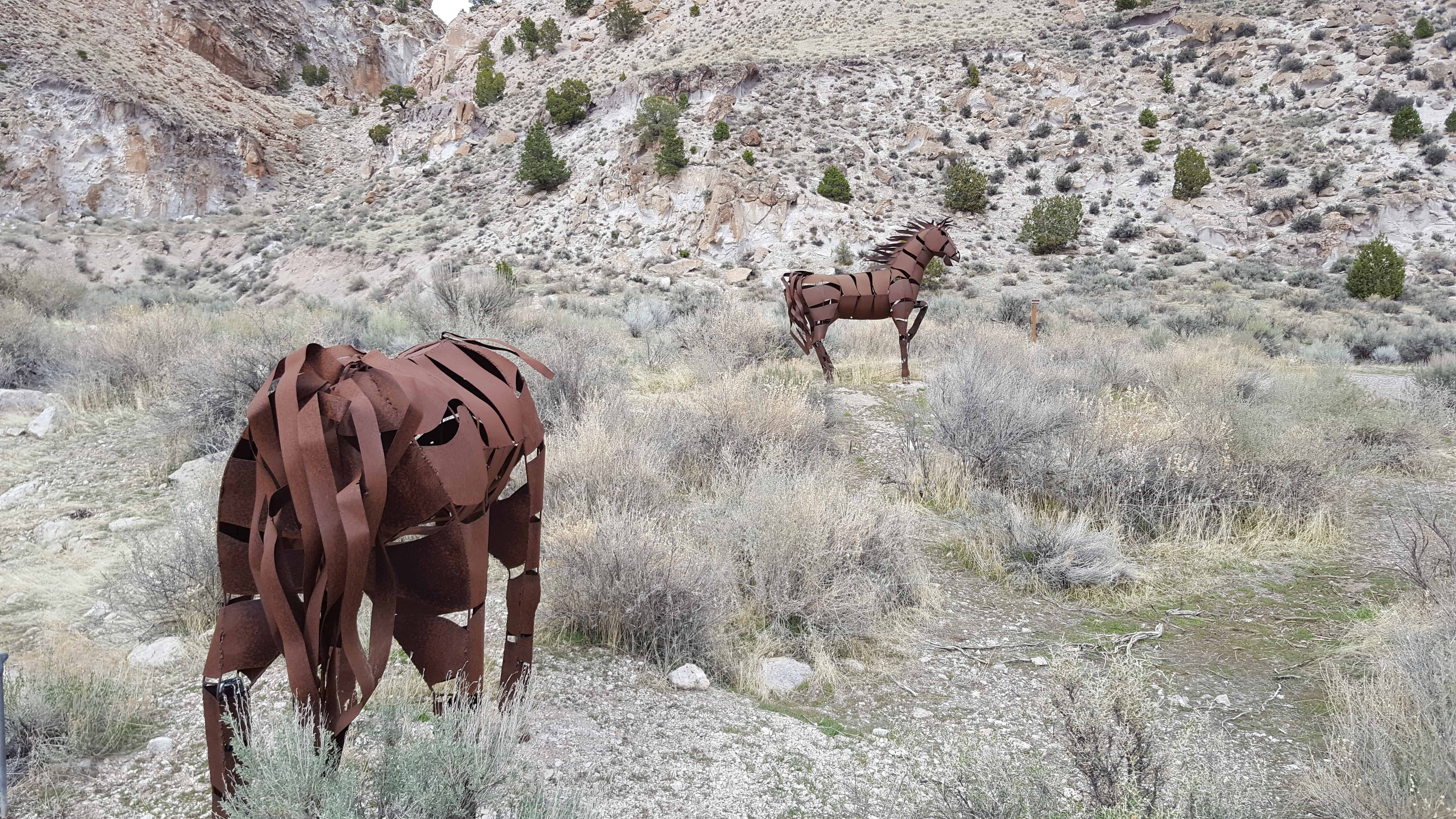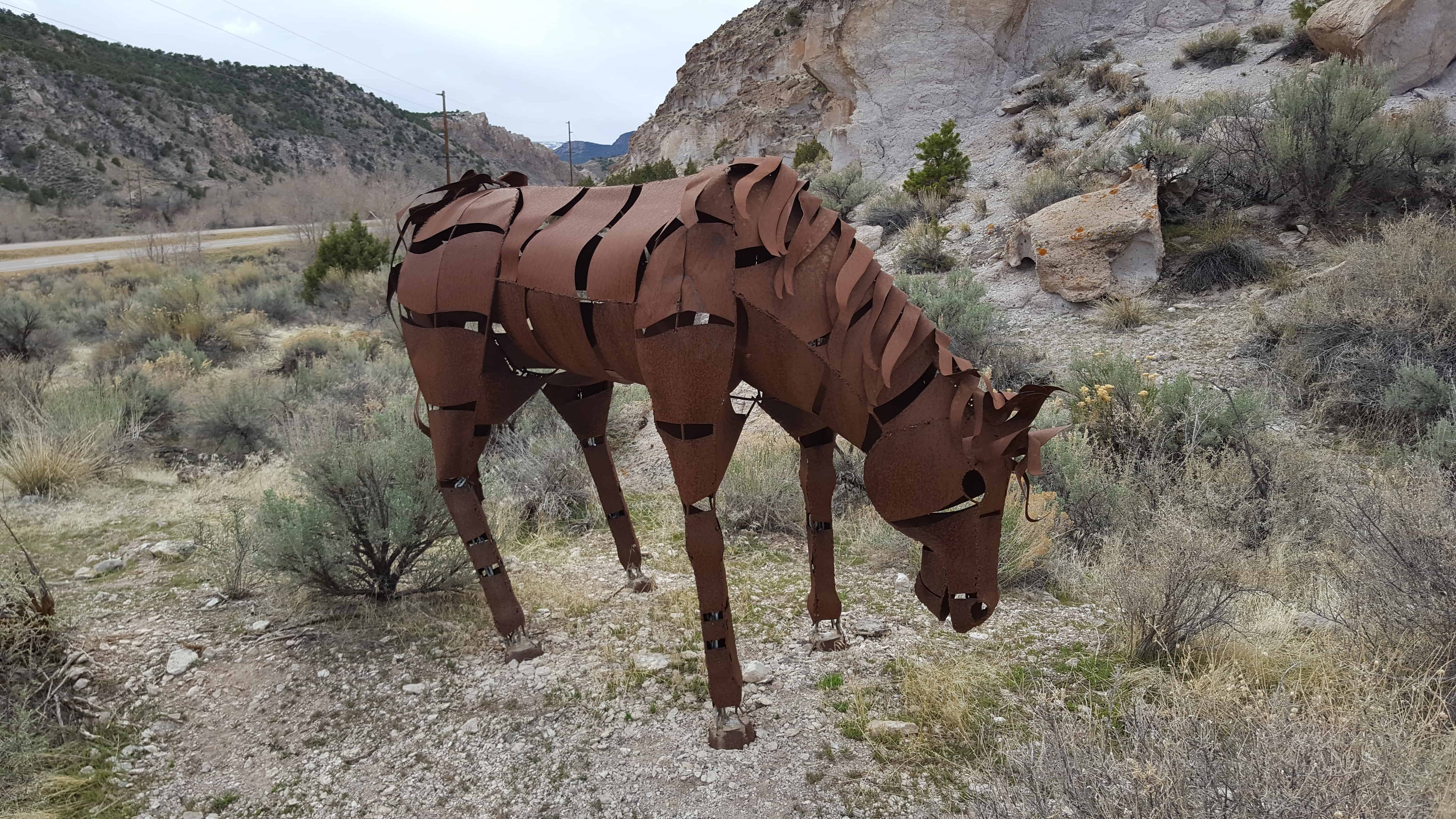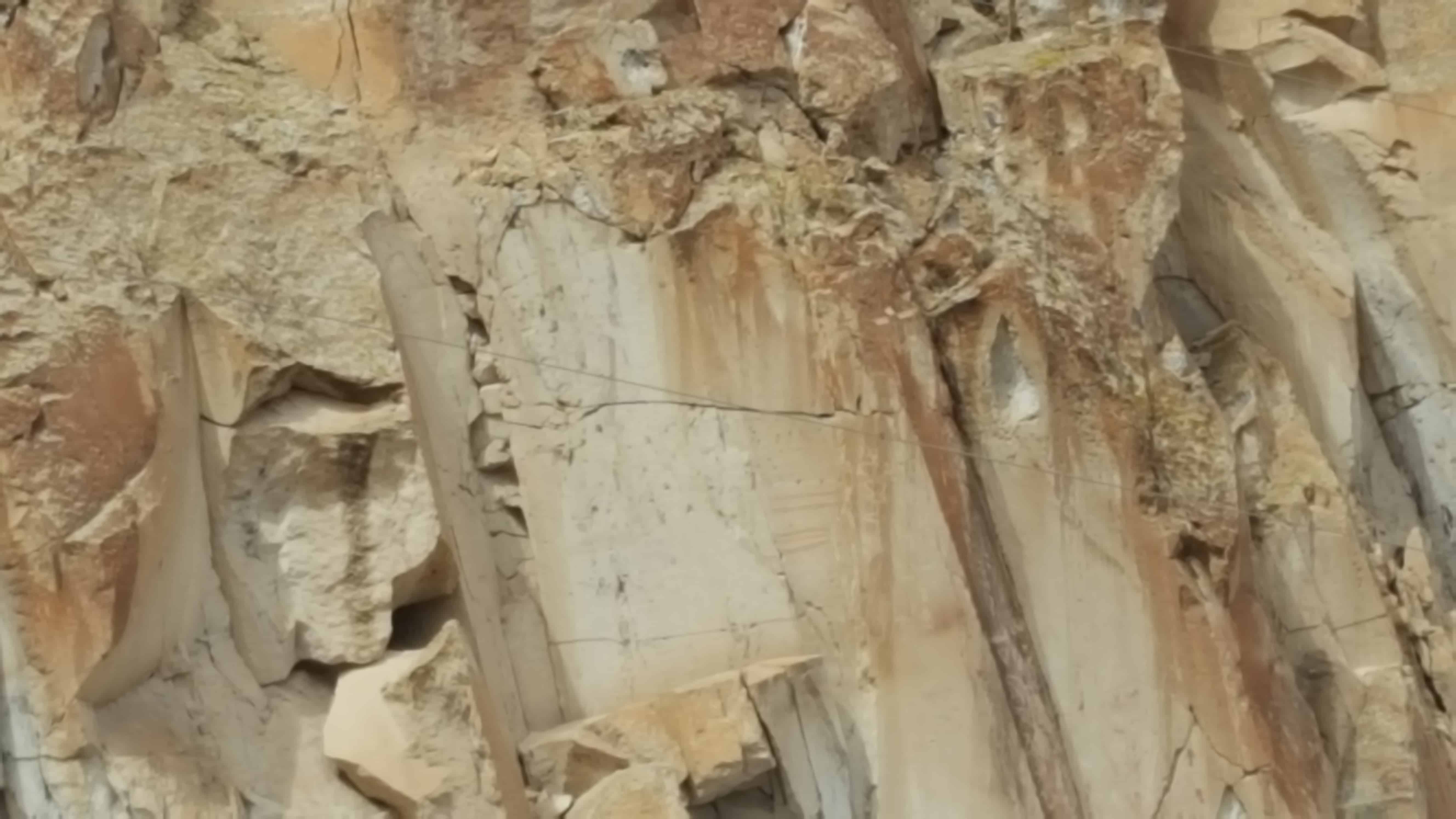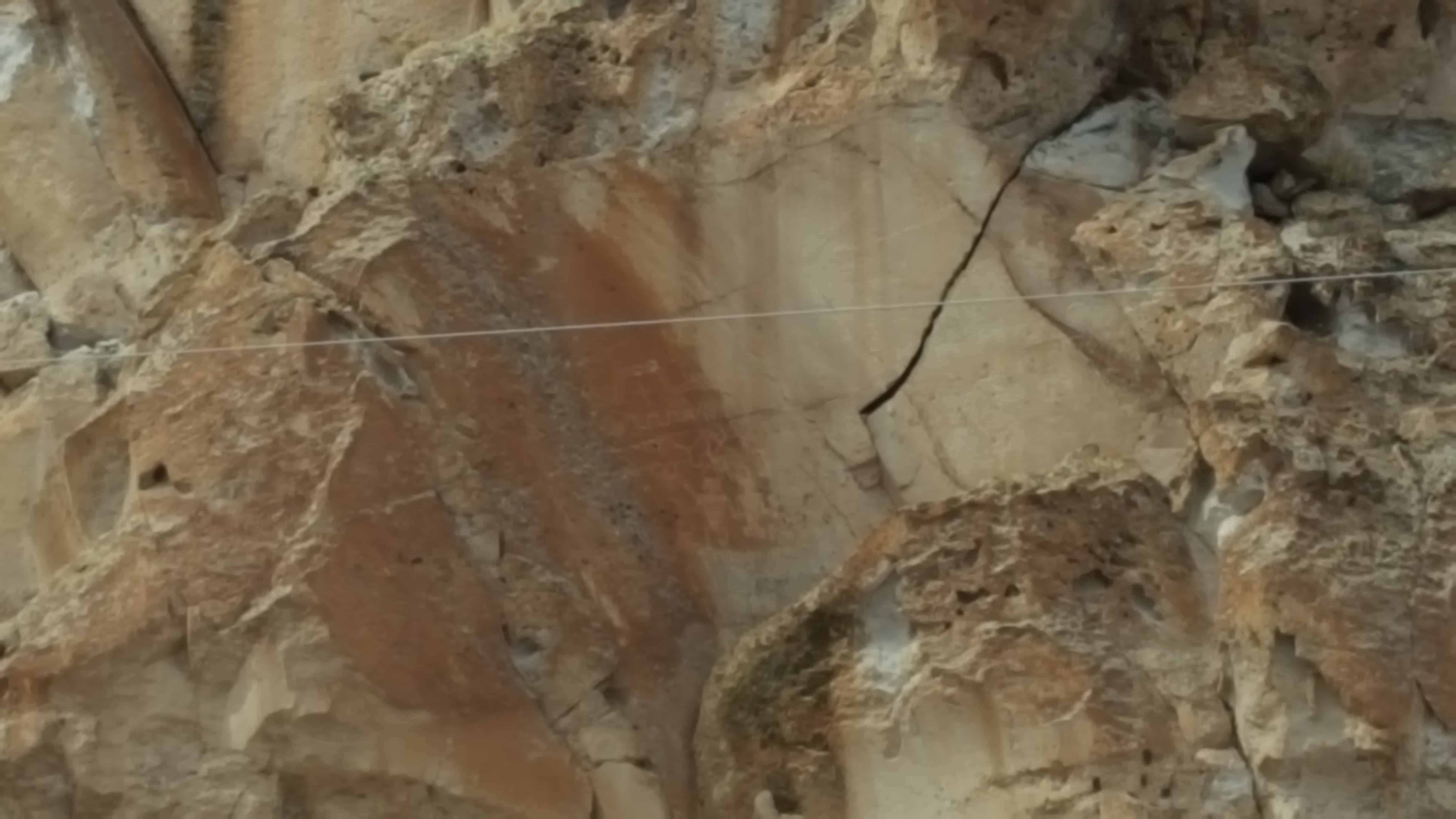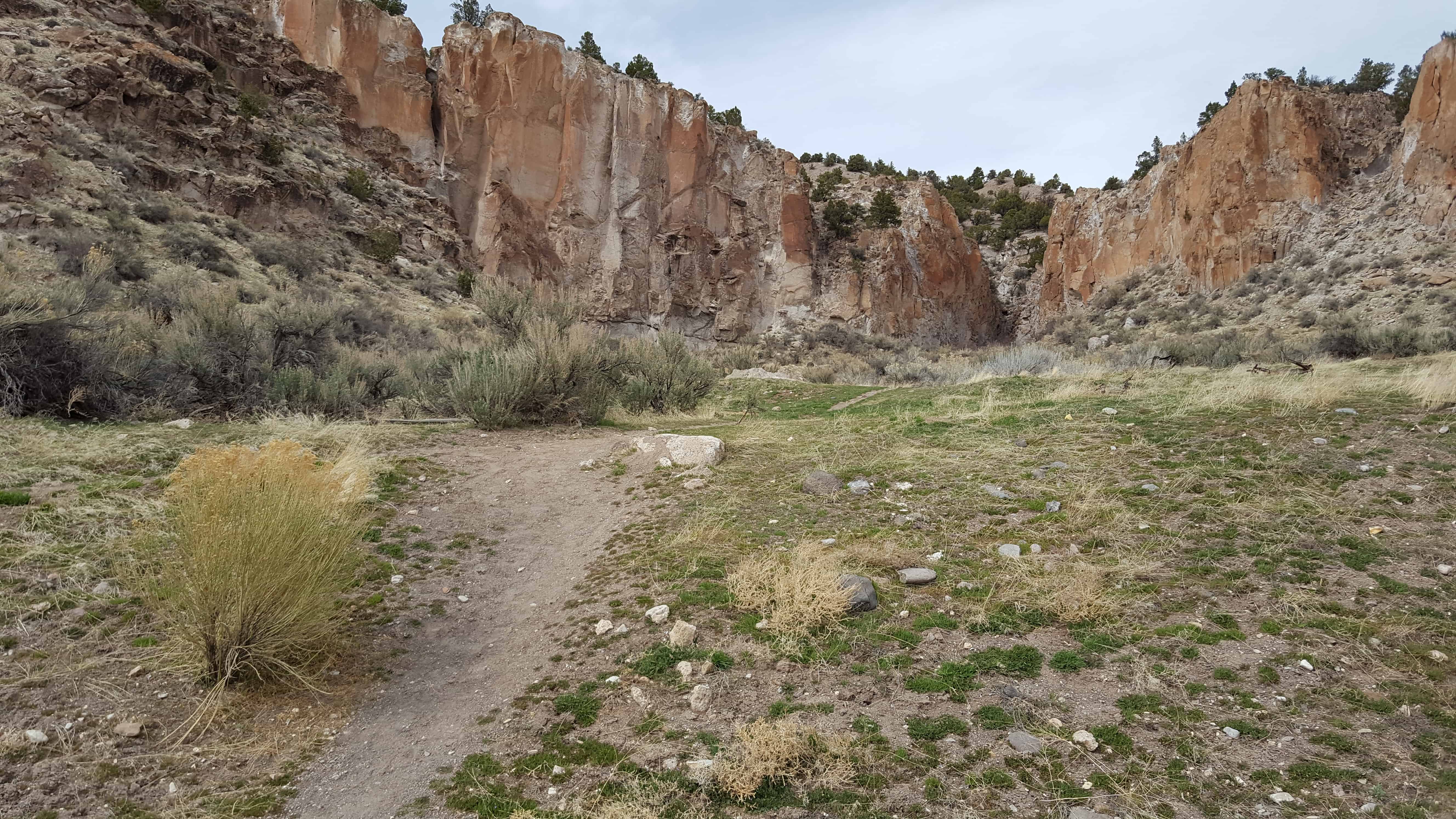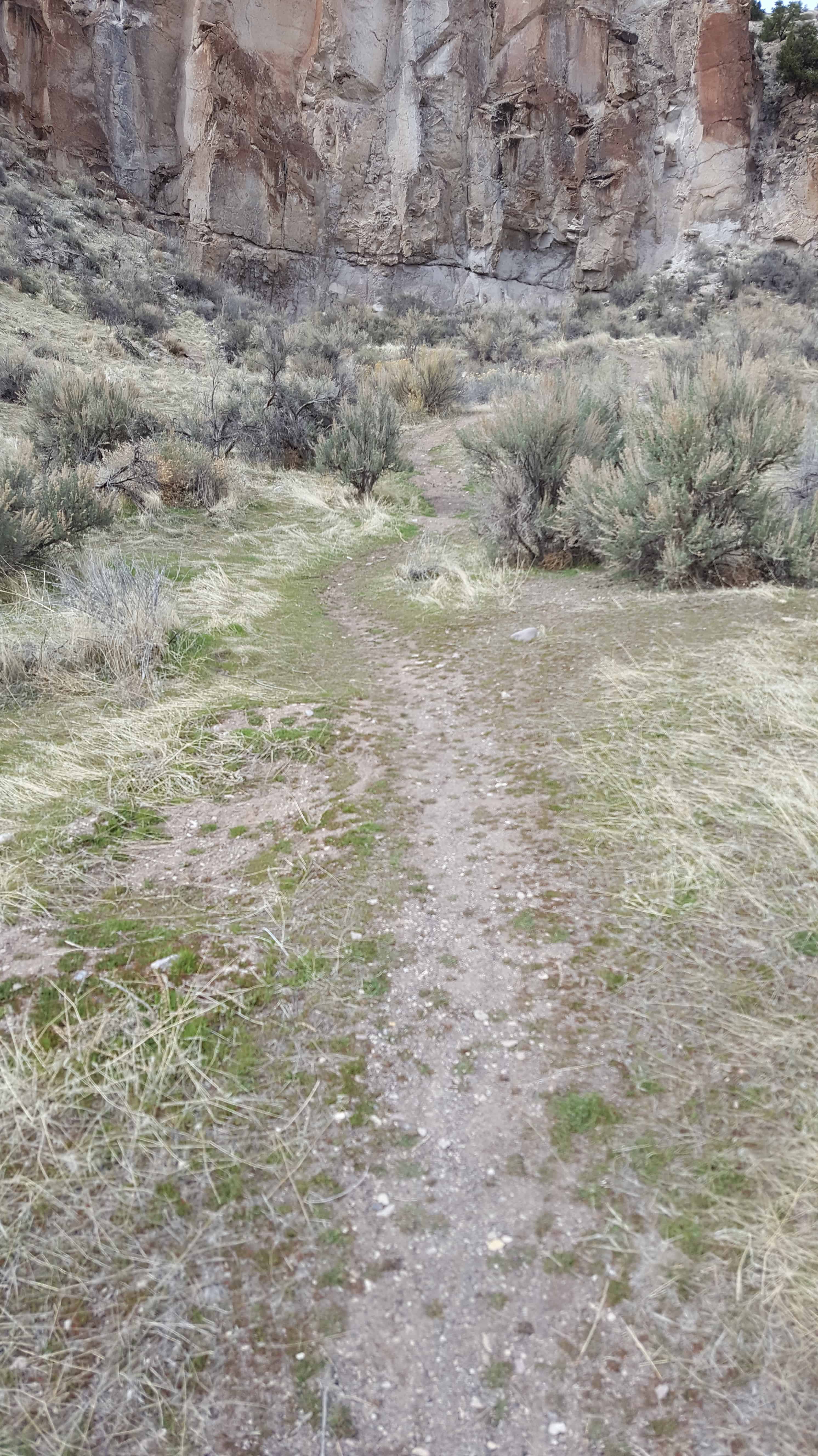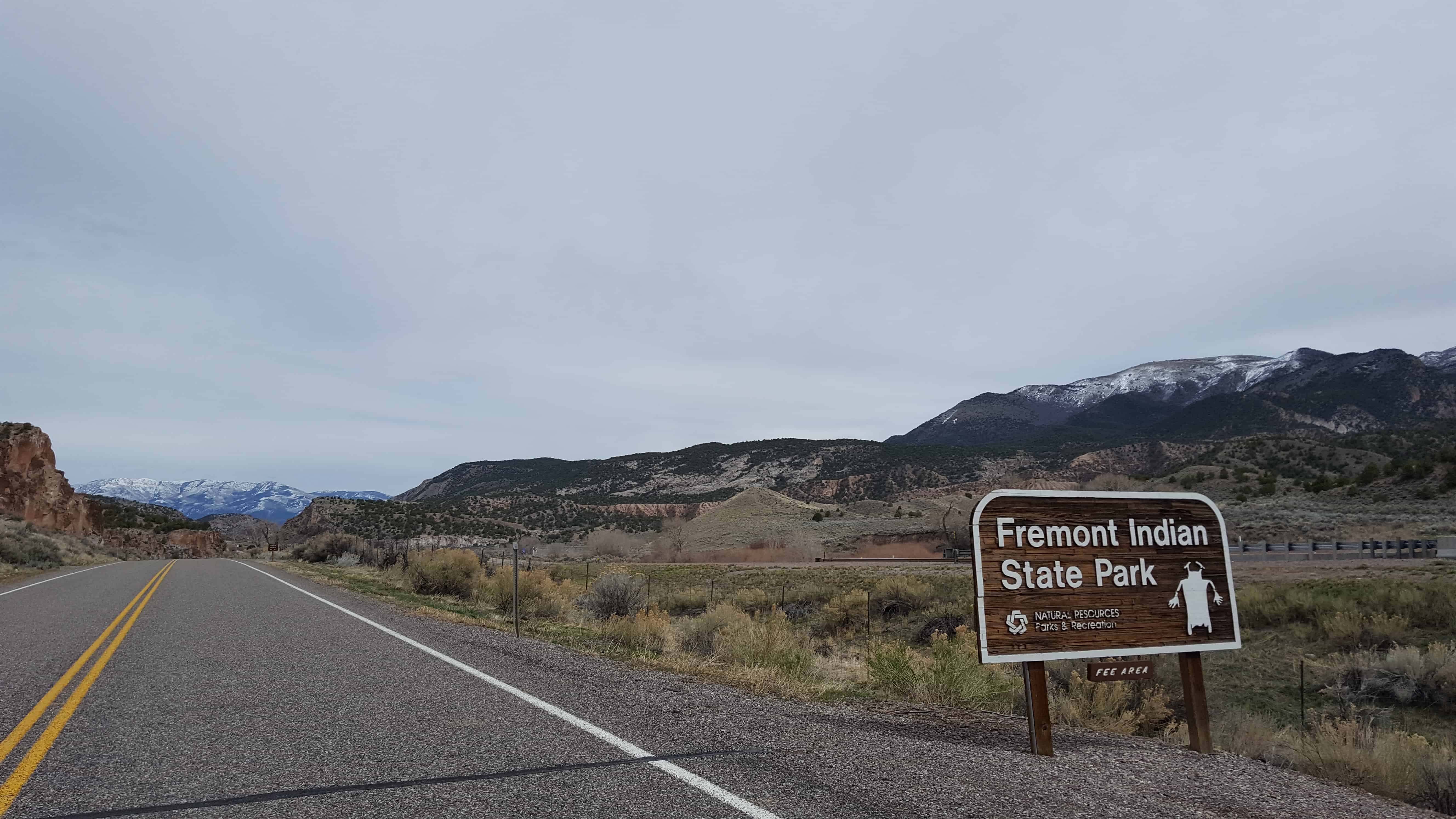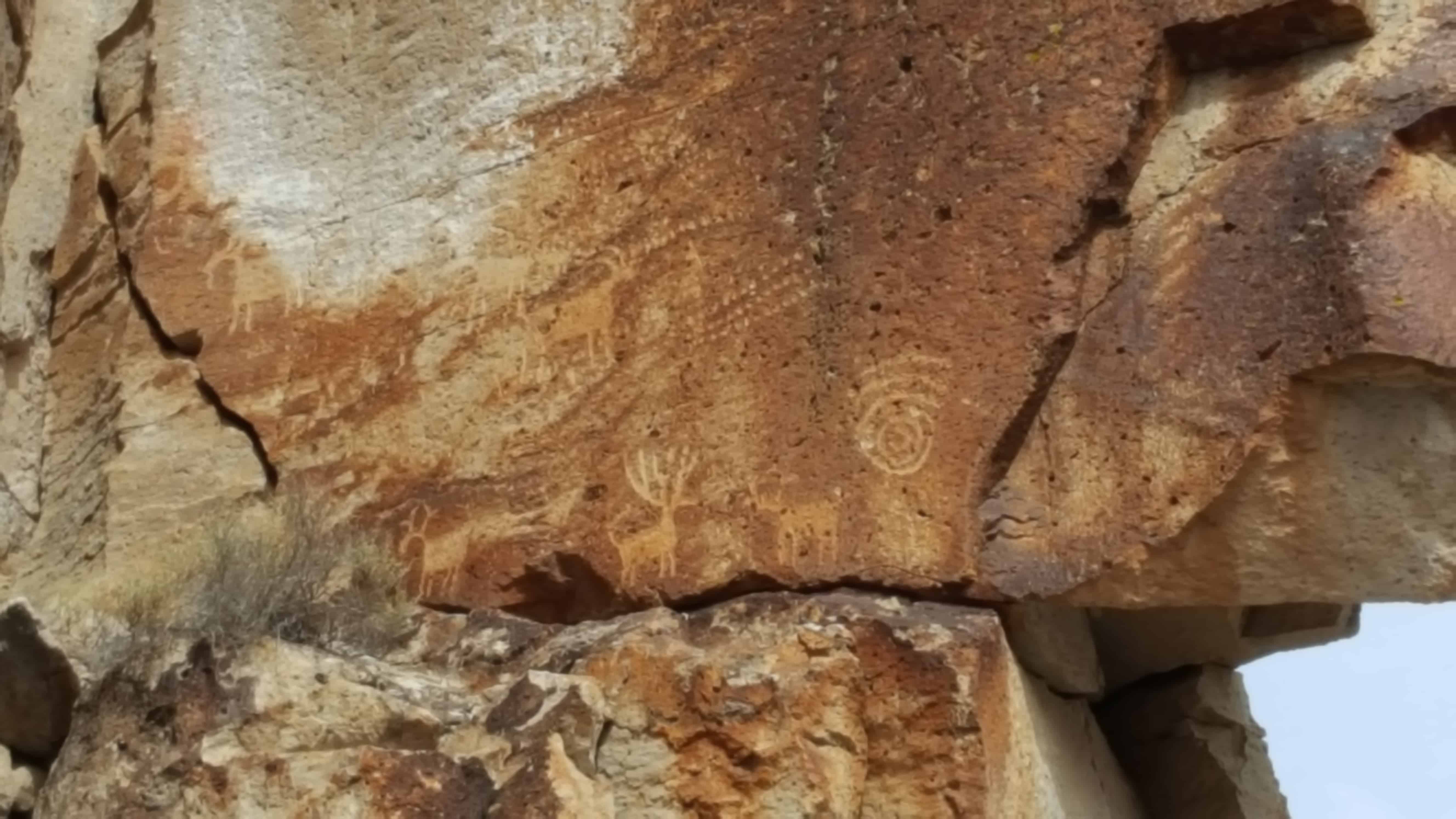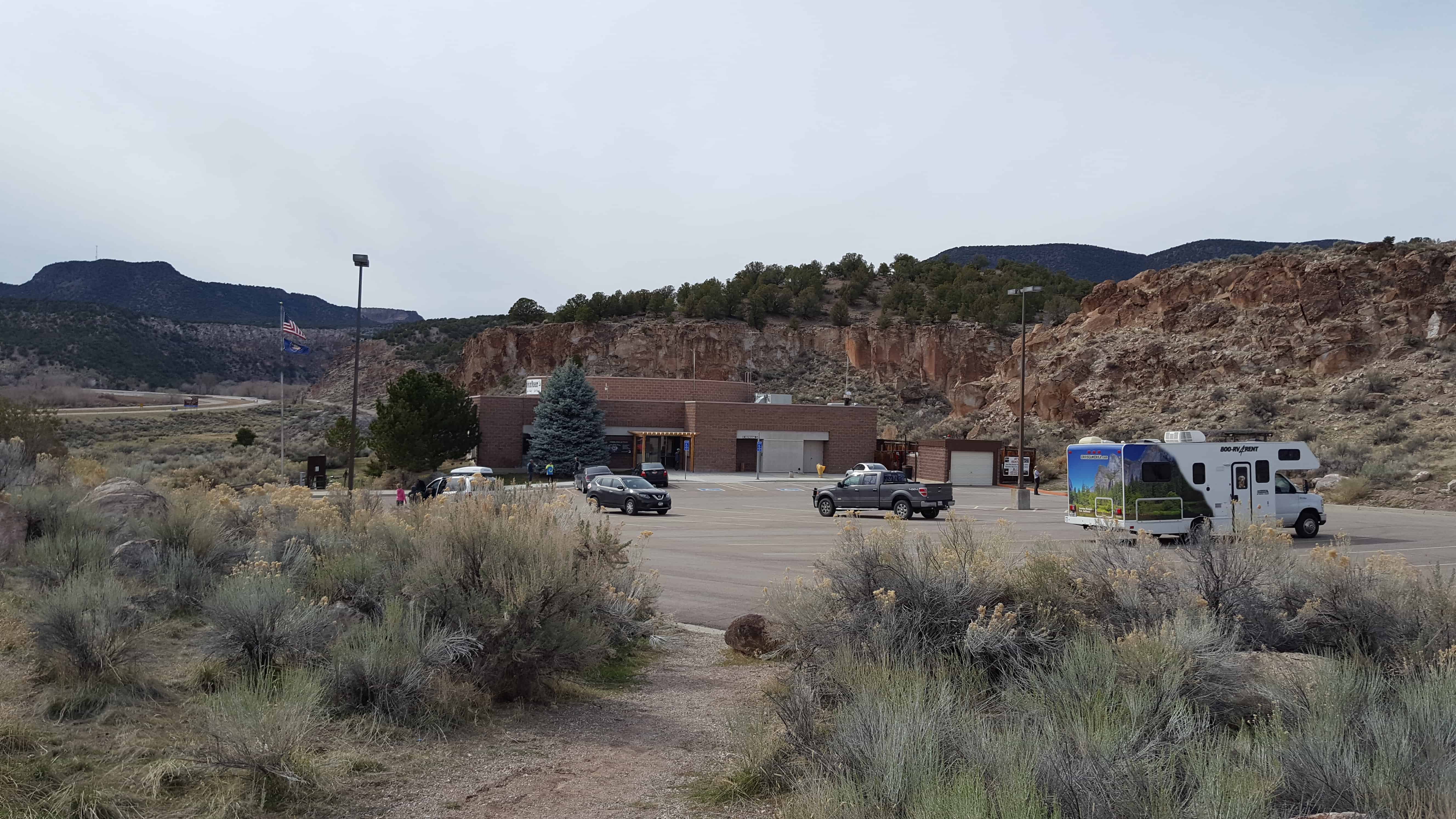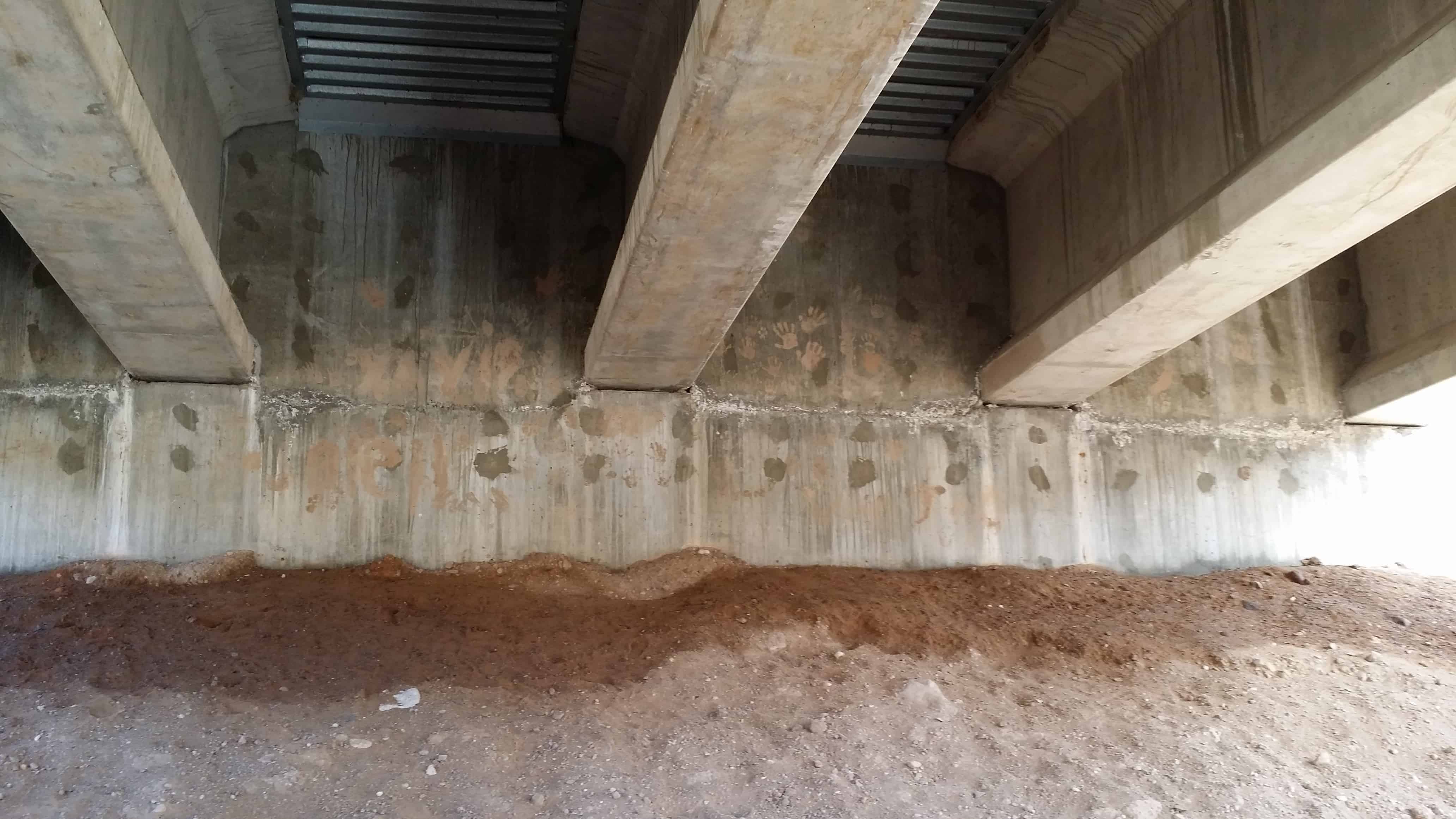

The Fremont Indians
The Fremont culture, so named because the first site attributed to these people was discovered by archaeologists along the Fremont River in central Utah, was found throughout most of present day Utah, as well as in parts of Wyoming, Idaho, Nevada, and Colorado. representing a shift in the economic strategies of native groups, the Fremont used farming, a new technology at the time, for some of their subsistence. For thousands of years, the Native Americans living in the Utah area were hunter-gatherers, moving from place to place, extracting resources from the environment as they moved along. Around 200 BC to 1 AD however, farming was introduced from the south. It is not known whether the first Fremont were local groups who learned how to farm from their southern neighbors or actually southern residents who moved northward.

A Remarkable Discovery
When TRAX light rail construction along South Temple Street near Third West uncovered bones in a backhoe trench on June 8th, 1998, archaeologists from the State Antiquities Section investigated and determined that an archaeological site had been encountered. Excavation of the site by the Antiquities Section and the Office of Public Archaeology at Brigham Young University revealed houses, storage areas, work areas and artifacts related to the ancient Fremont culture. Occupied approximately 700 years ago, the site may represent the edge of a large village where people fished, hunted, gathered wild plants, and farmed corn, beans and squash. The archaeological endeavors at this and other sites have taught archaeologists much about the architecture, tools, and food of the Fremont people. Their language, religion, stories or myths however, remain a mystery. Perhaps taking a moment to learn a little about this ancient culture and reflect on the lives of those who dwelt on this land before will help us gain a greater understanding of ourselves and our own relationship to this land.

The South Temple Site
As farmers, the Fremont left much different archaeological remains than the hunter-gatherers before them. They moved around, but also built more permanent architecture such as pit houses and other features associated with longer-term occupation.
The South Temple discovery is one of the few Fremont sites in the Salt Lake area that has been excavated. Development such as farming and construction have destroyed many sites. Evidence gathered from other sites located near the shores of the Great Salt Lake shows that this area was heavily populated 1000 years ago. The Fremont probably used this area for extracting important resources such as waterfowl and other marsh animals, gathering wild plants and fruit, and processing those resources for use. There is evidence at the site of trade with Fremont groups in the Southern San Rafael area and possibly with groups in what is now southern Idaho and southwestern Utah.
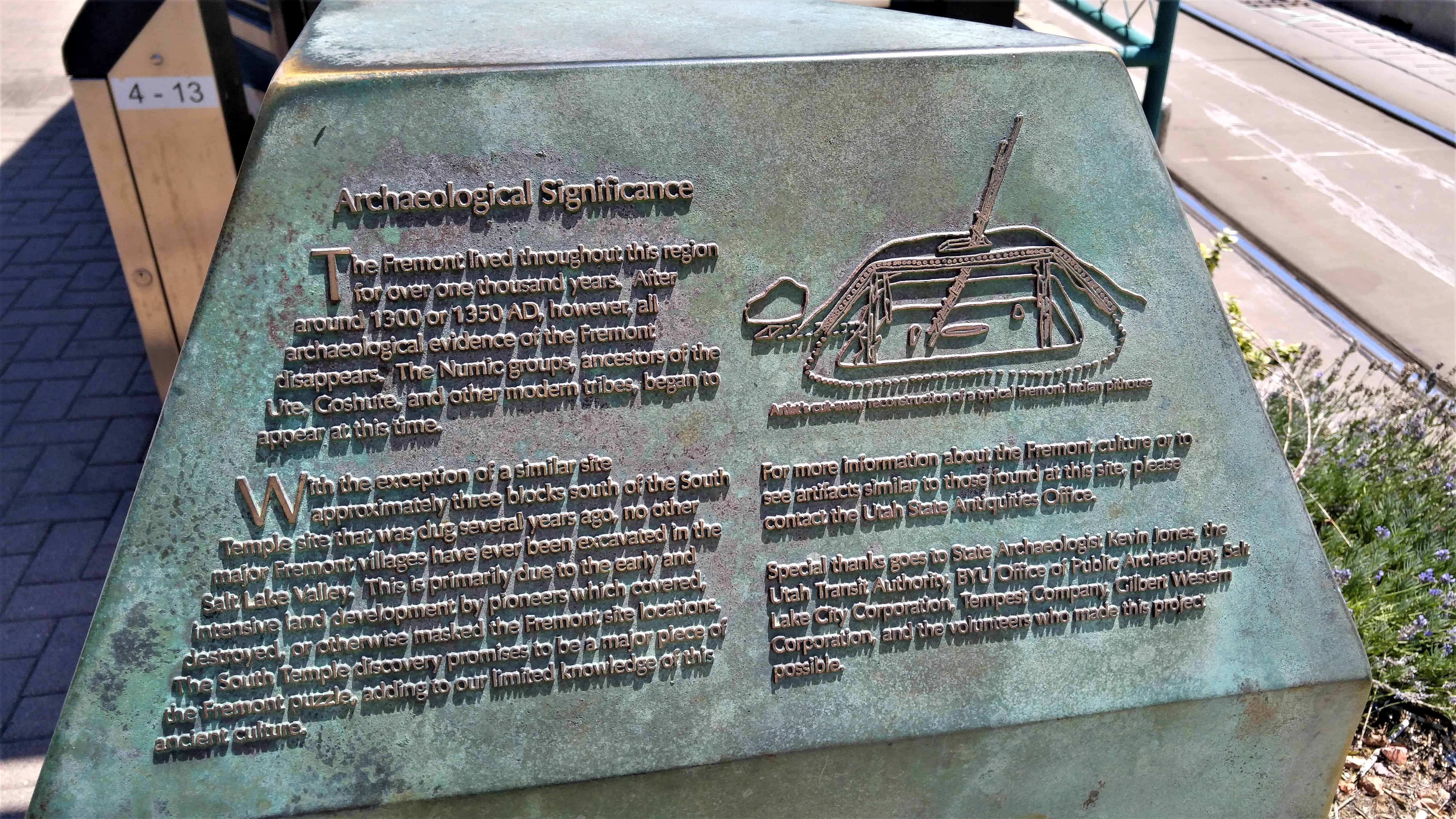
Archaeological Significance
The Fremont lived throughout this region for over one thousand years. After around 1300 or 1350 AD, however, all archaeological evidence of the Fremont disappears. The Numic groups, ancestors of the Ute, Goshute, and other modern tribes, began to appear at this time.
With the exception of a similar site approximately three blocks south of the South Temple site that was dug several years ago, no other major Fremont villages have ever been excavated in the Salt Lake Valley. This is primarily due to the early and intensive land development by pioneers which covered, destroyed, or otherwise masked the Fremont site locations. The South Temple discovery promises to be a major piece of the Fremont puzzle, adding to our limited knowledge of this ancient culture.



